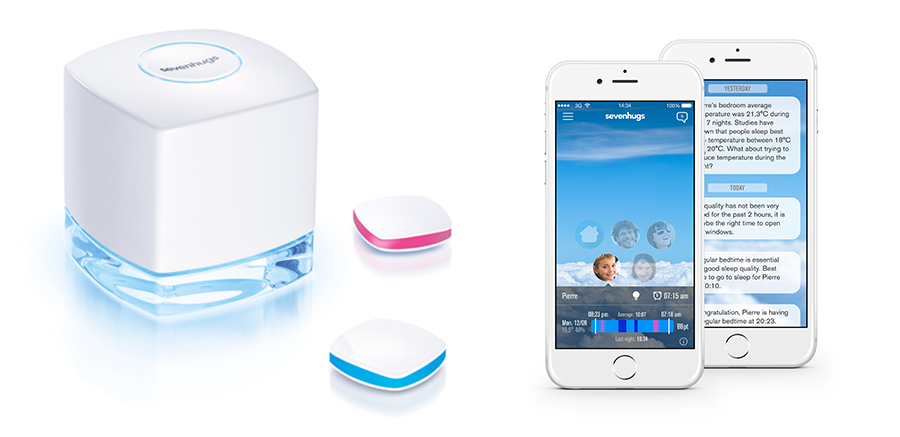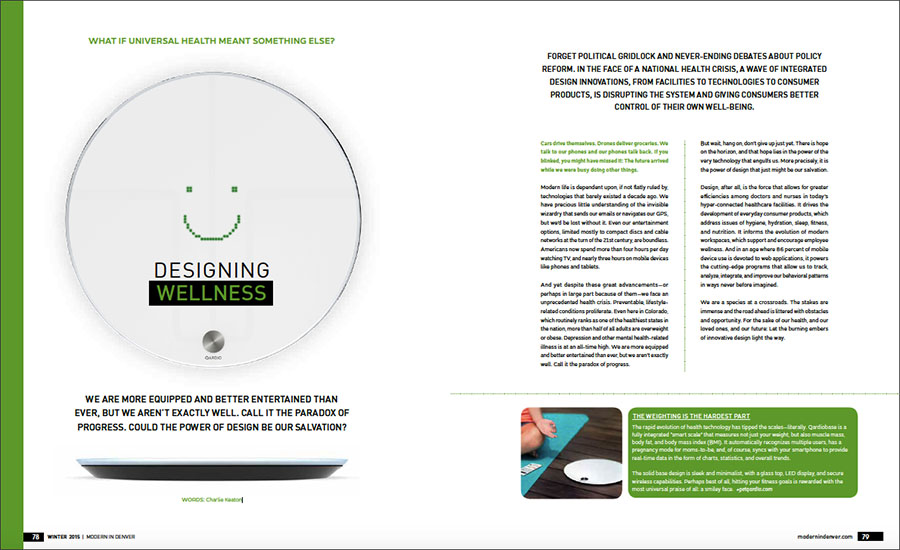Sleep: necessary, glorious, and often elusive. According to even the most conservative estimates, 40 percent of adults don’t get the recommended seven hours per night—and even among those who do reach that magical threshold, quantity doesn’t always equal quality. As a result, millions of Americans wander through life, zombie-like, in a fog of drowsy irritability.

Sleep monitors can be helpful, but for the average person they’re generally too expensive, too unwieldy, or both. SevenHugs is a French startup aiming to make sleep monitor technology more accessible. Their minihugs system tracks humidity control and room temperature, and their hugOne system provides information on air quality. It integrates with your thermostat, controls your lights, and wakes you up at the optimum moment during your sleep cycle.
Whether or not SevenHugs is a panacea for better sleep isn’t really the point. In a larger sense, their efforts are representative of a groundswell in industrial design geared toward developing affordable consumer health products for the masses. And if sleep isn’t an issue in your home, what about dental care? The Kolibree smart sonic toothbrush entices kids to brush their teeth by turning it into a game that syncs with a smartphone. It also tracks specific brushing technique and provides real-time qualitative feedback.
On top of dental care already? How about Vessyl, the high-tech cup (designed by the legendary Yves Behar) that recognizes, tracks, and analyzes virtually any beverage you put inside, with the ultimate goal of improving hydration, regulating caffeine, and reducing sugar intake. Display indicators along the side provide information about your daily consumption, a wireless charger gives the battery five days of life in about an hour, and, as with seemingly every new consumer gadget on the market, the whole thing integrates with your smartphone.
Sleeping, drinking, brushing your teeth—there’s scarcely a sliver of your daily routine, no matter how mundane, that isn’t on the fast track to better living through design technology. The Consumer Electronics Association estimates that by 2018, the “connected health and wellness market” will increase by 142 percent on its way to $8 billion annually. For decades, even as life expectancies have pushed higher and higher, Americans’ overall wellness has trended downward. If there’s a light at the end of that tunnel, it might just be the integrated revolution of everyday things. Bring on the future.
DIVE INTO OUR COMPREHENSIVE DESIGNING WELLNESS SERIES:











